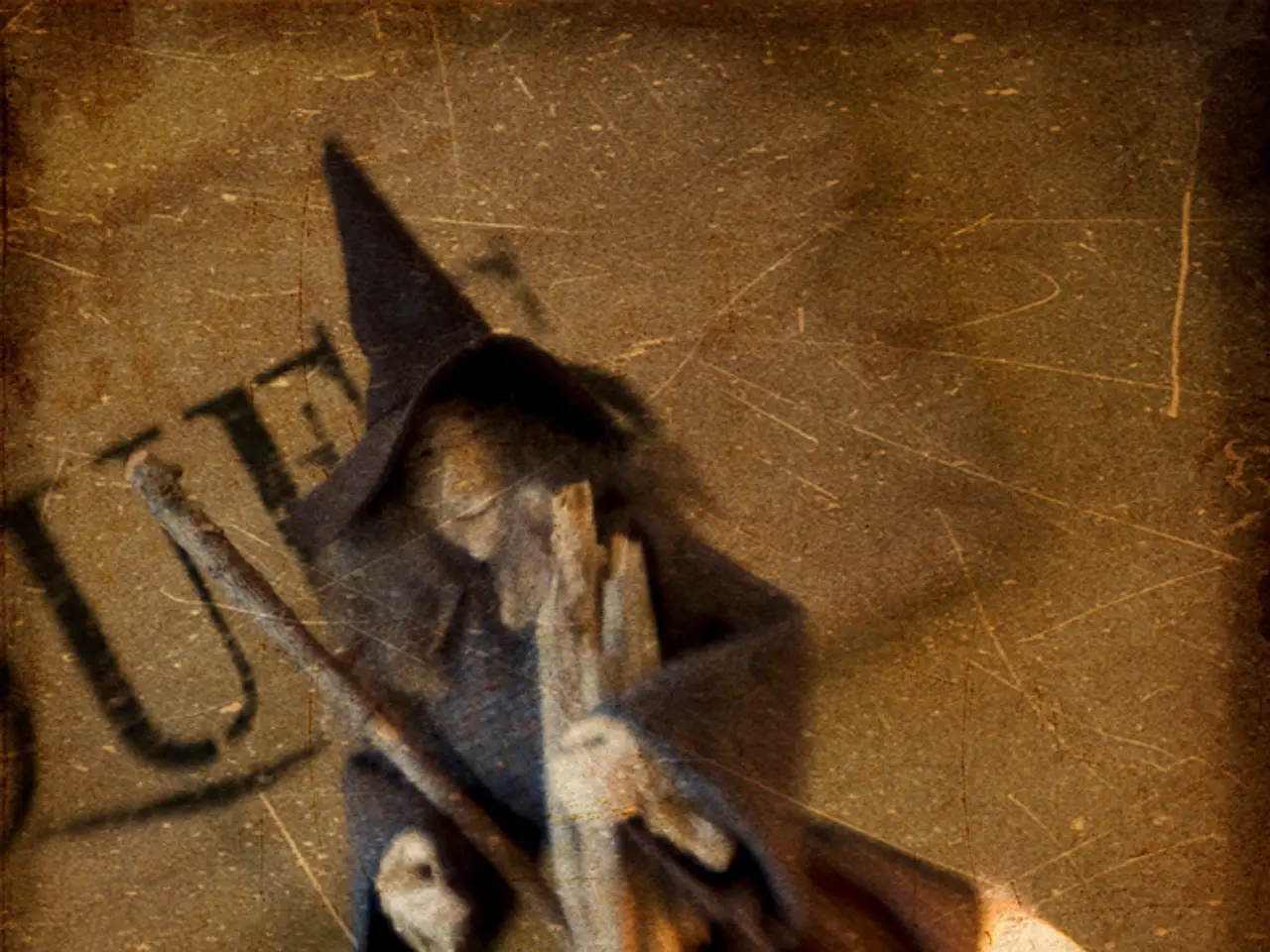American Tradition: How Halloween Came to Germany - Halloween's German Rise: From €30m Sales to Spooky Celebrations
Halloween, once a minor event in Germany, has grown into a significant commercial and cultural phenomenon. By 2009, its sales had reached nearly €30 million, ranking it as the third-biggest confectionery event of the year. This year, like many before, Germans will celebrate with spooky parties and carved pumpkins, with no obligation to participate.
The transformation began in the early 1990s when the 'Carnival Specialist Group' of the German Toy Industry Association actively promoted Halloween, initially for business reasons after the cancellation of certain carnival festivities. The festival, originating in Ireland and brought to the U.S. by Irish immigrants, filled a cultural gap in Germany as Christian holidays lost relevance and globalization eroded regional customs.
The rise of private television in the mid-1980s also contributed to Halloween's appeal. Horror films featuring the holiday were aired, capturing the public's imagination. The toy industry, with its emphasis on seasonal motifs, may have further amplified this trend, similar to how the Association of German Florists established Mother’s Day in Germany in the 1920s. Today, Halloween is a popular tradition in Germany, with children and adults alike participating in costume-clad celebrations.
Halloween's striking visual language, particularly the pumpkin, resonates with a broader societal shift towards seasonal motifs. This year, as in years past, Germany will mark the occasion with spooky parties and carved pumpkins, reflecting its integration into German culture.








